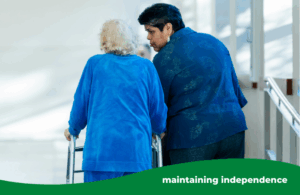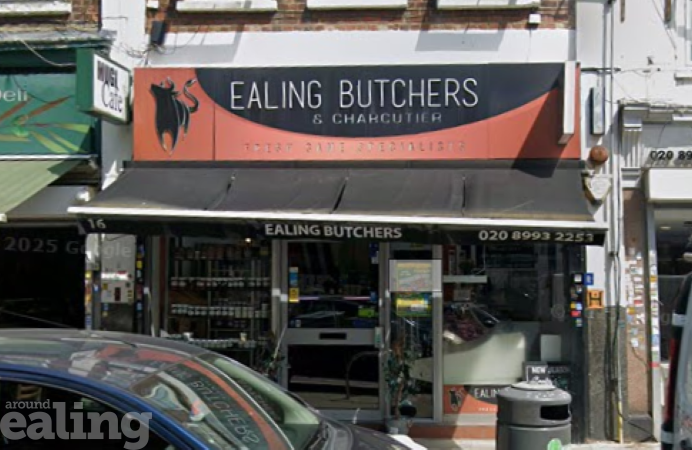You may have seen a low traffic neighbourhood (LTN) being installed near you. The first have been introduced in locations across the borough and residents are encouraged to have their say on their progress in real time.
Made up of a cluster of residential streets and closed at certain points to some vehicles, LTNs are designed to discourage and minimise traffic such as buses, lorries and non-local cars from passing through at speed or treating the area as a rat-run.
By limiting through-traffic, LTNs can reduce air pollution, cut the number of vehicle collisions and increase community activity in the area. Additionally, LTNs are designed to help and support local people to make the switch from using their car, to active travel options such as walking and cycling.
There are a range of options to help maintain LTNs and each site is being treated individually, with the measures being used very much depending on the needs of the area.
Measures typically include planter boxes and bollards, with double yellow lines also installed where necessary to allow vehicle to turn.
Ten LTNs have been created by the council, using part of Transport for London (TfL) funding of almost £1million. They have been selected following feedback from residents expressing concerns of rat-running and heavy traffic in their neighbourhood.
LTNS TO BE INTRODUCED (JULY-SEPTEMBER 2020)
- Loveday Road (W13)
- Junction Road Area LTN will affect Junction Road, Darwin Road, Carylle Road, Murray Road, Ealing Park Gardens and Lawrence Road (W5)
- Bowes Road (W3)
- East Acton Golf Links (W3)
- West Ealing North will affect Endsleigh Road, Felix Road, Green Man Lane, Kirchen Road and Lancing Road (W13)
- West Ealing South around Haslemere Avenue (W13)
- Acton Central (north of Churchfield Road) around Messaline Avenue, Cumberland Road, Maldon Road, Cumberland Park and Goldsmith Avenue (W3)
- Olive Road (W5)
- Adrienne Avenue (UB1)
- Mattock Lane (W5)
FACTS ABOUT LTNS
- Each LTN is different and created with its local neighbourhood in mind, it is a bespoke process based on the needs to the area
- Residents can still drive onto their street and take deliveries from vehicles, although the access route may change, based on the needs of the locality
- LTNS are designed to improve accessibility for wheelchairs and mobility scooters as well as bikes
- According to a recent survey, 15 percent of non-local traffic from LTNs can disappear from the area entirely as drivers adjust their routes
- One London borough recorded a 90% reduction in household exposure to nitrogen dioxide in certain areas, following the establishment of LTNs
- In many cases, LTNs have led to a significant reduction in traffic within the zone and no significant change on surrounding streets.
CONSULTING WITH RESIDENTS
Julian Bell, leader of Ealing Council said: “Residential streets should be for local people to enjoy, not for vehicles speeding through to avoid congestion on the main roads.
“The introduction of LTNs across the borough can be really effective in cutting this kind of traffic and ensuring that our local neighbourhoods are quieter and more pleasant for walking and cycling, which are proven to be significantly beneficial for physical and mental wellbeing.
“Less traffic means less air pollution from vehicles, reduced CO2 emissions and improved air quality, and this is vital for our ongoing commitment to tackle the climate emergency.
“Our LTNS are very much designed to be a collaboration with local people. Ealing is one of a number of boroughs in London that is introducing LTNs rapidly along with other measures to help support active travel to support a green recovery from COVID-19.
“The total funding awarded to Ealing for active travel schemes – pavement widening, temporary cycle lanes, low traffic neighbourhoods and school streets – is now in excess of £1m. The first Low Traffic Neighbourhood, on Adrienne Avenue in Northolt, was installed this week.
“All low traffic neighbourhoods are being introduced using the Experimental Traffic Orders (ETOs) introduced by the government to enable active travel measures to be implemented swiftly during this crisis – they will be subject to a six month consultation period allowing for the impact on the ground to be fully monitored and understood and feedback received on the back of residents’ experience.
“Under ETOs, LTNs can only be made permanent following a further full statutory consultation after the initial six months.”
Residents will be informed a week in advance of the introduction of an LTN in their neighbourhood and will be written to by the council to make them aware of the scheme.
The planter boxes, bollards and other physical instalments used for the LTNs have been created using temporary and short-term materials over the initial six-months so they can be removed or changed following this consultation period.
If you would like to submit feedback about a scheme near you, in support or as an objection, please contact us at COVIDtransport@ealing.gov.uk





